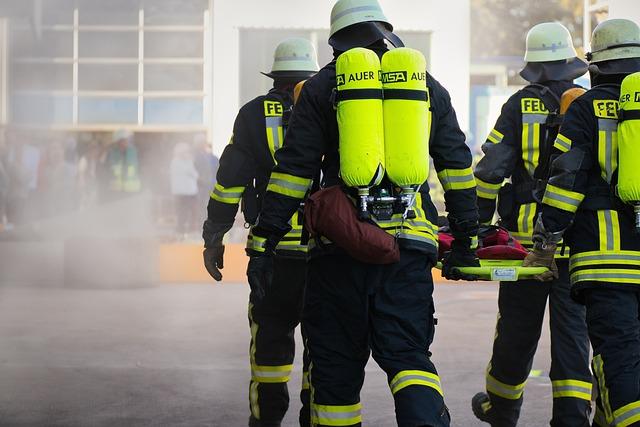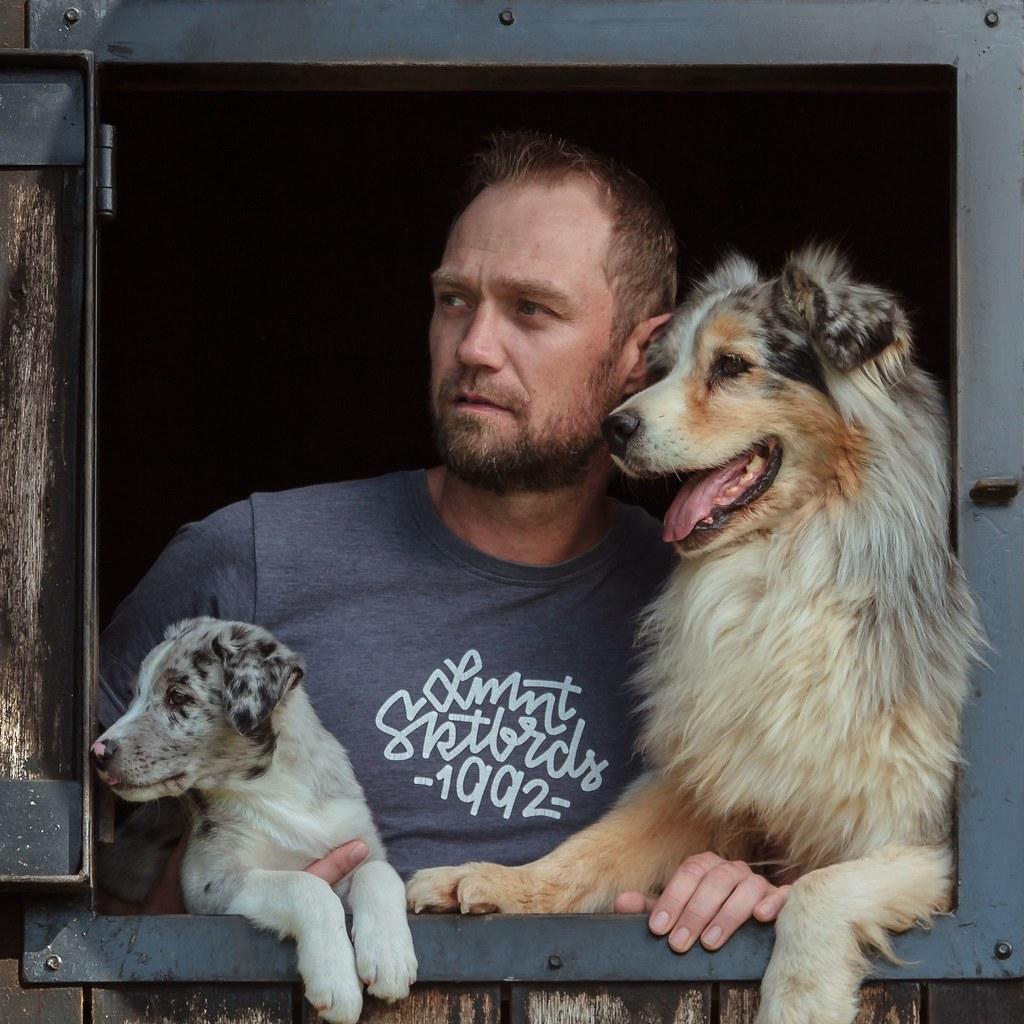How to Socialize a Rescue Dog With Anxiety Problems

In the quiet corners of bustling animal shelters, behind the hopeful eyes of anxiety-be-forced-into-social-situations/” title=”Should Dogs With Anxiety Be Forced Into Social Situations”>rescue dogs, there often lies a hidden world of anxiety—a complex tapestry woven from past experiences and uncertainties about the future. For these dogs, the journey to finding a forever home is not just about physical relocation but an emotional voyage toward trust and companionship. “” delves into this delicate process, offering insights and practical steps to help transform fear into friendship. Through understanding, patience, and empathy, we can open doors to new beginnings, where wagging tails replace trembling paws, and a world of connection unfolds for our four-legged companions.
Building Trust Through Gentle Introductions
Creating a foundation of trust is crucial when introducing a rescue dog with anxiety issues to new environments and experiences. Start with gentle introductions that prioritize the comfort and safety of your furry friend. Remember, patience is key. Observe your dog’s body language and adjust the pace accordingly. Allow them to approach new situations at their own speed, offering reassurance through calm verbal cues and a relaxed demeanor. It’s essential to make these initial encounters positive and stress-free to build confidence and trust.
- Use Positive Reinforcement: Reward calm behavior with treats and praise to create a positive association.
- Set Up Controlled Environments: Begin introductions in quiet, familiar settings before gradually exposing your dog to more stimulating environments.
- Respect Personal Space: Allow your dog to retreat if they feel overwhelmed, ensuring they know they have a safe space to relax.
- Introduce Slowly: Whether it’s new people or other animals, ensure introductions are brief and gradually increase interaction time as your dog becomes more comfortable.
By prioritizing gentle, well-paced introductions, you lay the groundwork for a trusting relationship and help your rescue dog navigate the world with increased confidence and reduced anxiety.

Creating a Safe Environment for Your Anxious Companion
Crafting a nurturing space for your anxious rescue dog is a cornerstone in their journey towards becoming well-adjusted companions. Start by establishing a designated safe zone within your home. This area should be a quiet, cozy retreat where your dog can escape the hustle and bustle of daily life. Consider using soft bedding, their favorite toys, and a few comforting items with your scent to make the space inviting.
- Ensure the environment is free from harsh noises and sudden disturbances.
- Introduce calming elements like diffusers with soothing scents or gentle music.
- Maintain a consistent routine to provide structure and predictability.
Additionally, when introducing your dog to new experiences or environments, go at a pace that respects their comfort level. Gradual exposure and positive reinforcement are key. Celebrate small victories, and remember that patience and understanding will pave the way for your dog to flourish.

Understanding Canine Body Language and Emotional Cues
To effectively socialize a rescue dog with anxiety, it’s crucial to become fluent in the nuanced language of canine communication. Dogs communicate through a variety of body signals and emotional cues, which can offer profound insights into their mental state. Recognizing these signals can help you tailor your approach and create a more comfortable environment for your anxious companion.
Key emotional cues to observe include:
- Tail Position: A tail held low or tucked between the legs often indicates fear or submission, while a wagging tail isn’t always a sign of happiness—context matters!
- Ear Orientation: Ears pinned back may suggest anxiety or discomfort, whereas ears forward can indicate interest or curiosity.
- Eye Contact: Avoiding eye contact or having dilated pupils can be signs of stress or fear.
- Body Posture: A crouched or tense body often signifies unease, while a relaxed posture suggests comfort and trust.
- Vocalizations: Whining, barking, or growling can express a range of emotions from excitement to fear, so it’s essential to consider the context and accompanying body language.
By tuning into these signals, you can better understand when your dog feels overwhelmed and needs space, or when they’re ready to engage and explore. This awareness not only aids in reducing anxiety but also strengthens the bond between you and your furry friend.

Incorporating Positive Reinforcement Techniques
can be a game-changer when helping a rescue dog with anxiety. By focusing on rewarding desirable behaviors, you create a safe and encouraging environment for your furry friend. Positive reinforcement involves rewarding your dog with treats, praise, or play whenever they display calm and confident behaviors during socialization experiences. This approach not only strengthens your bond but also builds your dog’s trust and confidence over time.
- Start small: Introduce your dog to new people or animals gradually, ensuring each interaction is short and sweet.
- Reward promptly: Timing is key. Offer treats or praise immediately after the desired behavior to reinforce the connection.
- Be consistent: Use the same cues and rewards consistently to help your dog understand what is expected.
- Stay patient: Every dog progresses at their own pace, so patience is crucial to avoid overwhelming them.
By utilizing these techniques, you can transform potentially stressful situations into positive learning experiences, helping your dog navigate the world with greater ease and joy.



